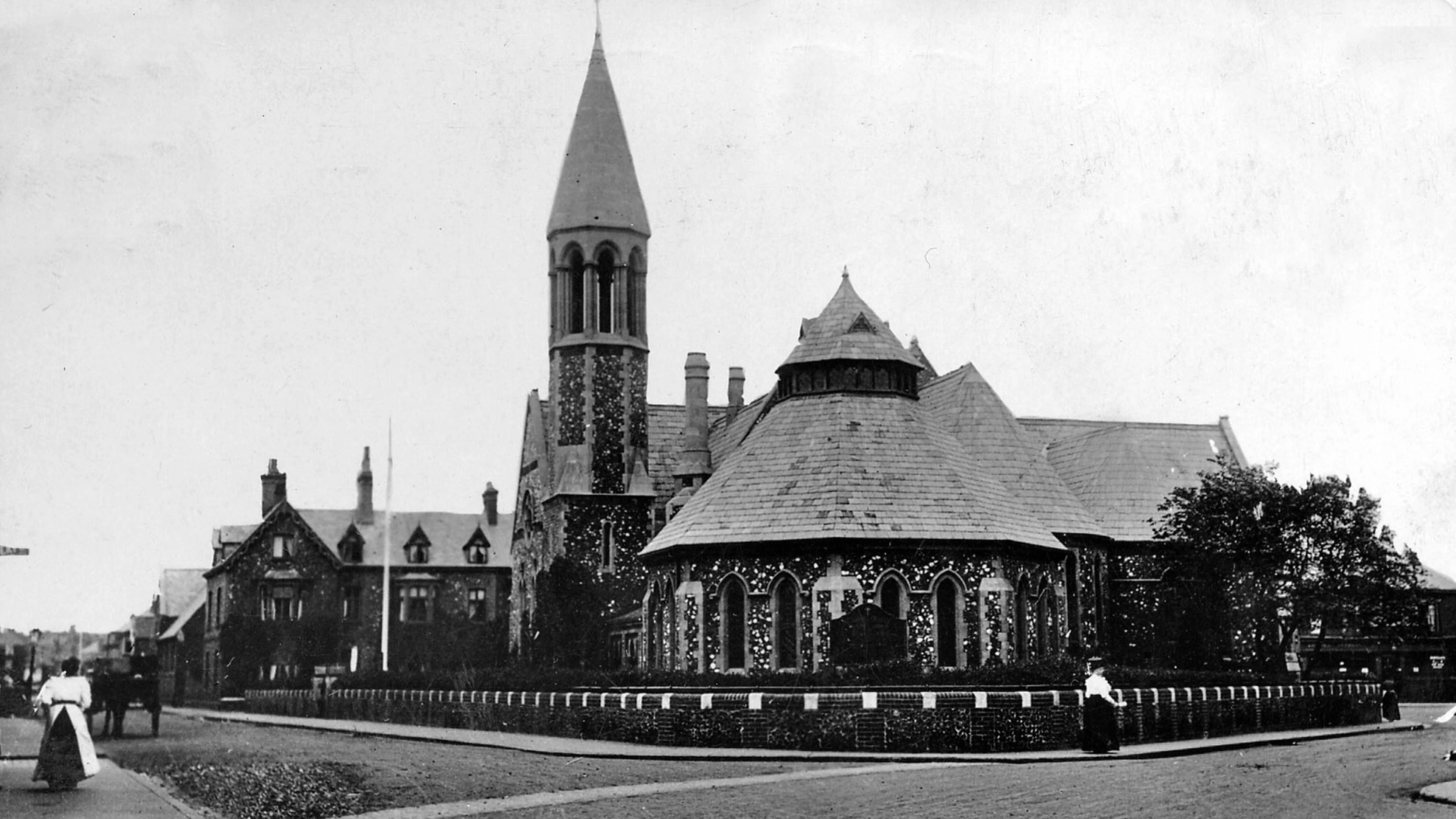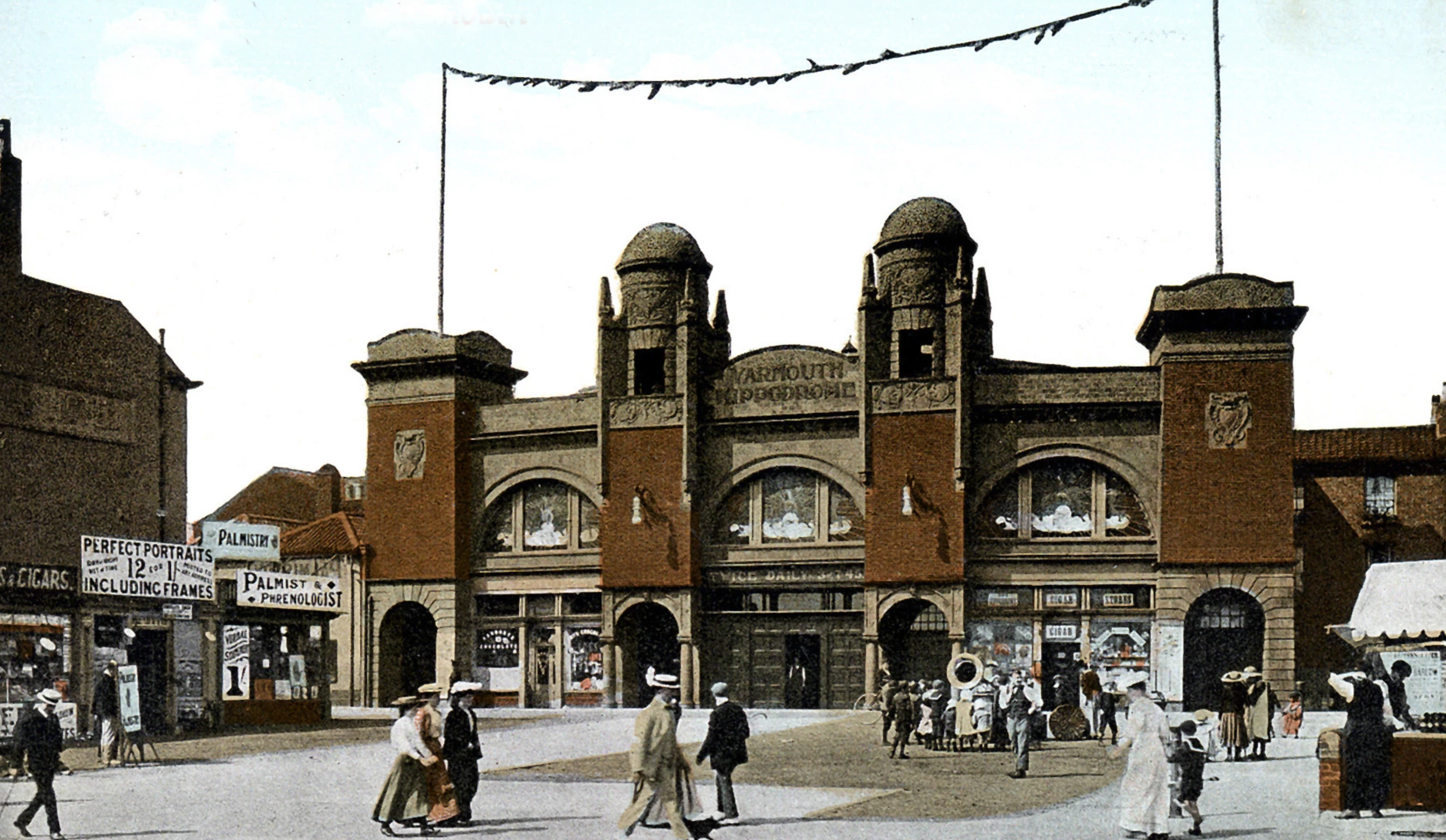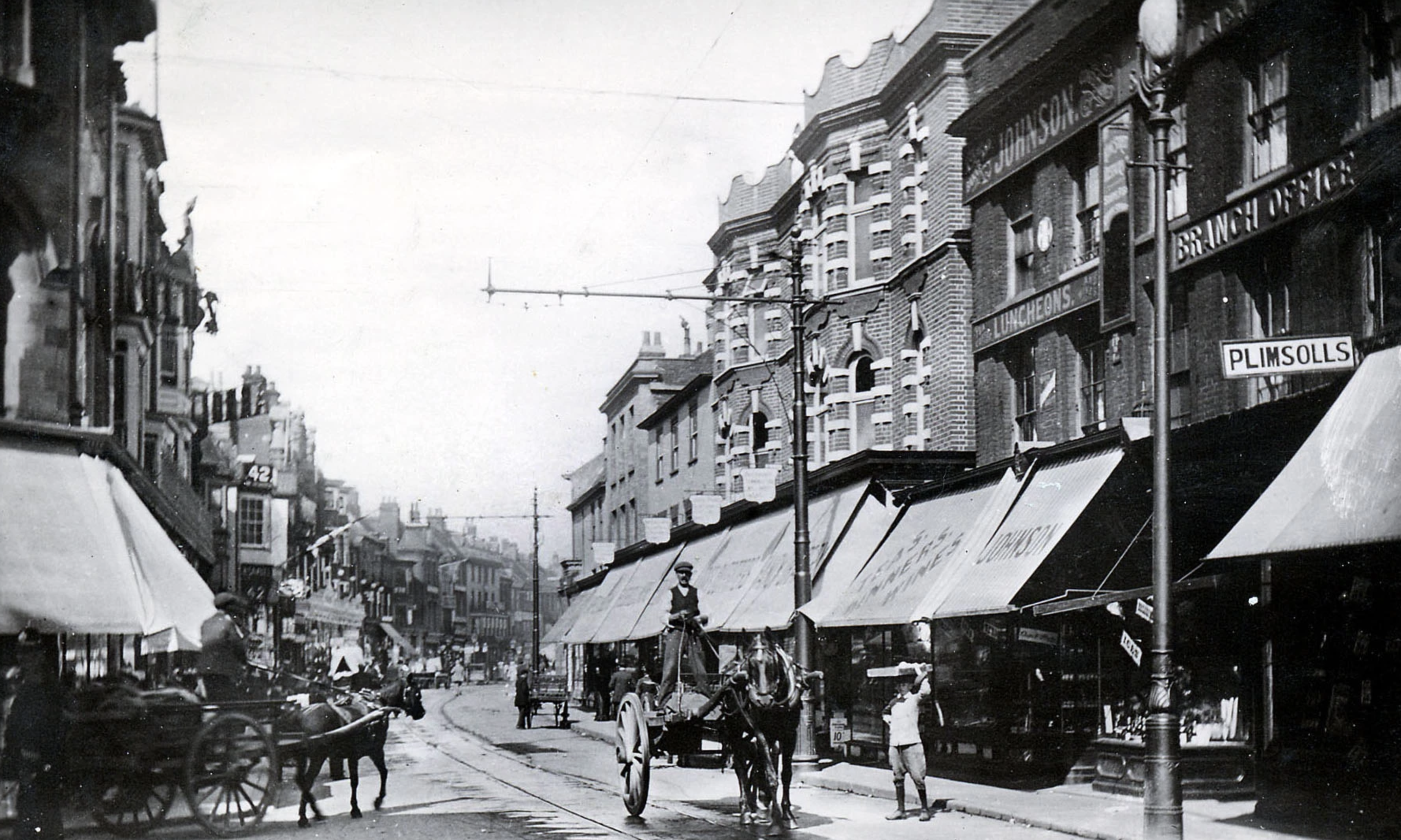Black Friars’ Monastery, site of

The Dominican Black Friars were a preaching (predicant) mendicant (begging) order founded by the Spanish Augustin Preacher St Dominic to combat the Albigensian heresy in France. The order was confirmed by the Pope in 1215 and its rules were codified in 1221. Although dedicated to corporate poverty the order was a leader in education and learning and the famous medieval scholar, Thomas Aquinas who was perhaps its most famous brother.
Friars were involved in the community providing services to the population and became more popular than many monks and church priests, who were isolated from the people and accepted money from everywhere and doing nothing for it and often living very well.
In 1271, Henry III gave the Black Friars permission to take in a piece of ground 500 feet square called Le Stronde (The Strand). The first buildings were complete by 1273. Edward II gave them permission to add to their site in 1314. They also obtained some land from Sir Edward Charles who owned a fleet of ships. He had the title of Admiral of the North covering the area from the Thames to the Scottish boarder at Berwick. This title was presumably granted by the King in exchange for military service. At the end of the 13th century, Thomas Fastolfe benefited the order in Great Yarmouth and many of his family were buried there. The church for the friary, which is now lost, was said to have been built by William of Worcester who died in 1304. This may have been completed posthumously. In 1349, the plague year, Simon de Ormesby desired his body to be buried in the Great Yarmouth Church of the Order of Predicants and bequeathed the ten shillings. There were many other gifts to the order.
The Black Friar’s property eventually stretched the entire length of Friars’ Lane and was bounded in the east and the south by the town wall. As well as it buildings it had large gardens, orchards and a dovecote. It had the power to grant sanctuary to fugitives, which was not removed until 1623.
The high regard in which the friars were held is indicated by the generosity of rich people and the desire to buried in their churches as they thought this would bring credit in the afterlife. But the riches brought into the friaries eventually led them away from piety to luxury and sloth.
Records for around the year 1525 state The Churche and Queere of the Black Friars in the Towne of Yarmouthe was burnte with fire. This was presumably accidental and Manship says that before the end of that century the walls were pulled down and the very foundations were digged up and diverted to other uses.
The last Prior was Edmund Hercock and as the property was presumably derelict it was surrendered to Henry VIII in 1542 and sold to various people over the years,
At the time of the Armada scare in 1588, the town walls were rampired; that is, they were built up on the inside with soil and sand to reinforce them against cannon fire. The work around Blackfriars’ Road caused the wall to fall down and it was rebuilt with various pieces of stone some of which suggests it came from a religious building.
In 1970, a stone coffin, dating from the 13th century, without a lid, was unearthed, when the foundations for the fire station on Friars’ Lane were laid. Inside was a skeleton, presumably of a monk buried in the friary church. Several other skeletons were also uncovered. Portions of the walls were found and it was estimated that church was as least as long as St. Nicholas’ Church. Evidence was found that the nave was 30 feet wide with north and south aisles of ten feet wide. Some 20 fragments of burnt window fragments were seen. Some architectural stone work of the 14th and 15th century were recovered, including a gargoyle and a corbel figure.
In 1977, demolition of properties in the north-west corner of the site produced skeletons, medieval sherds, carved stone, and evidence that the church extended at least one bay further west than previously thought.
Coffin and skeleton unearthed in 1970.



